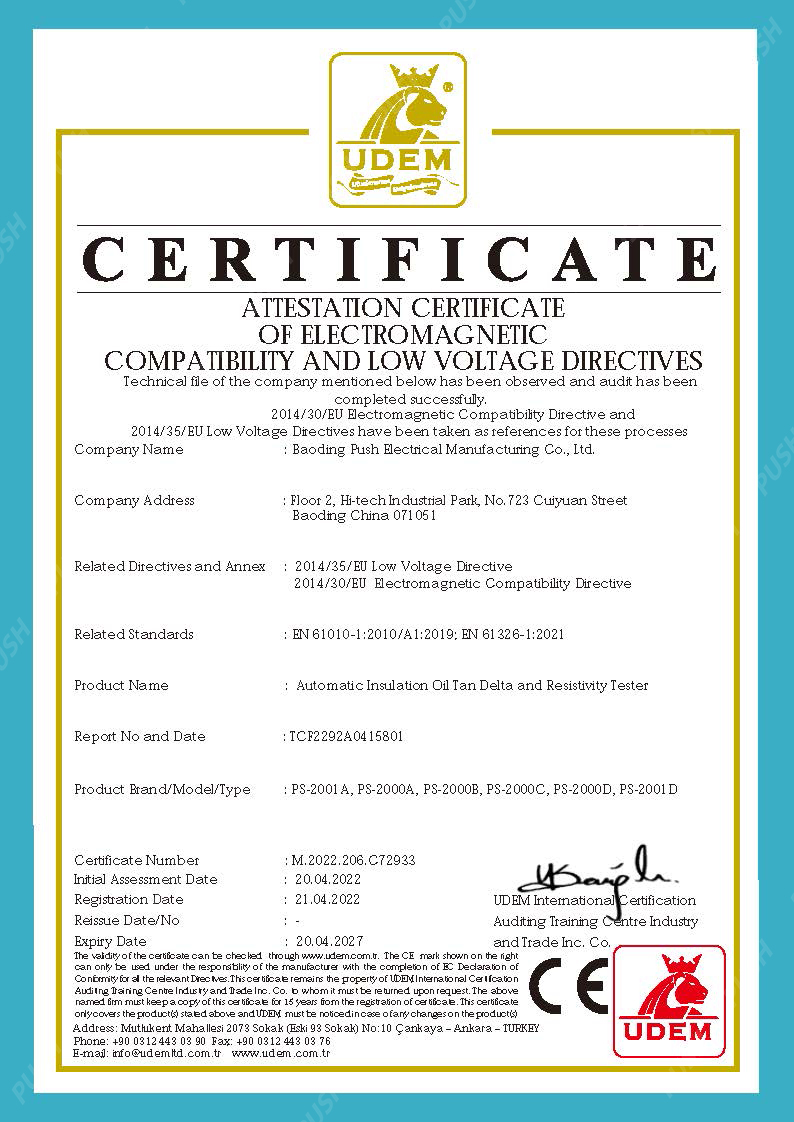 English
English


Understanding the Importance of Polarity Testing in Three Phase Transformer Applications and Operations
Understanding the Three-Phase Transformer Polarity Test
Transformers are essential components in electrical power systems, enabling the efficient transmission and distribution of electricity. In three-phase transformers, determining the polarity is crucial for ensuring proper operation. The polarity test helps identify the relative instantaneous voltage levels between the primary and secondary windings, which affects the transformer’s connection in multi-transformer systems.
Importance of Polarity in Transformers
Polarity in transformers refers to the direction of winding connections, which significantly impacts the phases of voltage outputs. Correct polarity ensures that the transformers function cohesively when connected in parallel or in series. Incorrect polarity can lead to short circuits, excessive heating, and potentially catastrophic failures. For this reason, performing a polarity test is vital during the commissioning and maintenance of transformers.
The Polarity Test Procedure
The polarity test is typically executed in a controlled setting using a primary and a secondary circuit. It employs a simple setup where the transformer’s primary winding is energized, while the secondary winding remains open-circuited. The following steps outline the procedure
1. Preparation Before starting the test, ensure all safety protocols are in place. Equip yourself with appropriate personal protective equipment (PPE) and verify that the testing environment is safe.
2. Connection Connect the primary winding of the transformer to a suitable voltage source. Ensure that the secondary winding is left open. Using appropriate measuring devices, the test setup should be arranged to observe the voltages between the windings.
three phase transformer polarity test

3. Energizing the Transformer Slowly apply the voltage to the primary winding. It is advisable to start with a lower voltage and gradually increase it to the specified level.
4. Measuring Voltages Use a voltmeter to measure the voltage across the secondary terminals. The observations should be taken carefully, as they will help determine the polarity.
5. Interpreting Results If the readings indicate that the voltage at the secondary terminals appears in phase with the primary input, the transformer has the correct polarity. Conversely, if the voltage is out of phase, this indicates an error in the connection, necessitating corrective measures.
Common Scenarios and Challenges
Several issues can arise during the polarity test that warrant attention. For instance, an incorrect connection could result in reverse polarity, which may not be immediately noticeable without rigorous testing. Additionally, human error in setup and measurement can lead to discrepancies, underscoring the importance of meticulousness in executing the test.
Another challenge may arise from differences in the transformer’s design or winding configurations, such as delta or wye connections. Each configuration has its nuances, necessitating a tailored approach to testing polarity.
Conclusion
The three-phase transformer polarity test is a fundamental procedure that ensures the reliability and efficiency of transformers in power systems. By identifying the proper connections and relationships between the primary and secondary windings, electrical engineers can prevent issues related to phase alignment and minimize risks of equipment failure. Regular testing, alongside routine maintenance, forms the cornerstone of operational integrity in electrical power networks. Given the critical role of transformers in power distribution, understanding and implementing polarity tests is essential for anyone involved in the field of electrical engineering and maintenance.
-
Differences between open cup flash point tester and closed cup flash point testerNewsOct.31,2024
-
The Reliable Load Tap ChangerNewsOct.23,2024
-
The Essential Guide to Hipot TestersNewsOct.23,2024
-
The Digital Insulation TesterNewsOct.23,2024
-
The Best Earth Loop Impedance Tester for SaleNewsOct.23,2024
-
Tan Delta Tester--The Essential Tool for Electrical Insulation TestingNewsOct.23,2024





